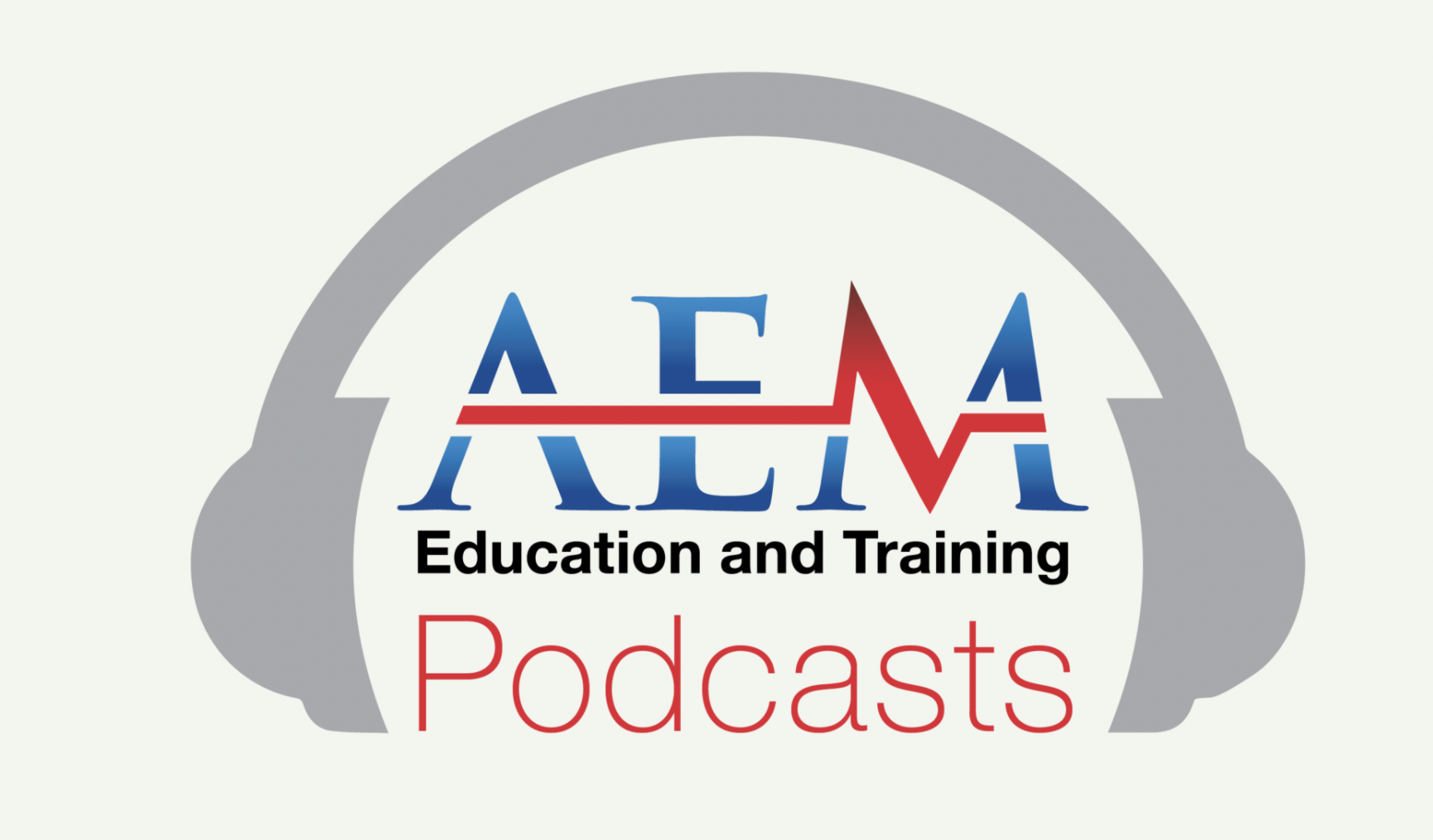AEM Early Access 58: Ketamine administration for acute painful sickle cell crisis: A randomized controlled trial
Welcome to the fifty-eighth episode of AEM Early Access, a FOAMed podcast collaboration between the Academic Emergency Medicine Journal and Brown Emergency Medicine. Each month, we'll give you digital open access to a recent AEM Article or Article in Press, with an author interview podcast.
Find this podcast series on iTunes here.
DISCUSSING (OPEN ACCESS THROUGH FEBRUARY 28, 2022; CLICK ON TITLE TO ACCESS)
Ketamine administration for acute painful sickle cell crisis: A randomized controlled trial
Mohammed S. Alshahrani MD, Amal H. AlSulaibikh MD, Mohamed R. ElTahan MD, Sukayna Z. AlFaraj MD, Laila P. Asonto RN, Abdullah A. AlMulhim MD, Murad F. AlAbbad MD, Nisreen Almaghraby MD, Mohammed A. AlJumaan MD, Thamir O. AlJunaid MD, Moath N. Darweesh MD, Faisal M. AlHawaj MD, Alaa M. Mahmoud MD, Bader K. Alossaimi MD, Shaikhah K. Alotaibi MD, Talal M. AlMutairi MD, Duaa A. AlSulaiman PharmD, Dunya Alfaraj MD, Reem Alhawwas MD, Lawrence Mbuagbaw MD, Kim Lewis MD, Madeleine Verhovsek MD, Mark Crowther MD, Gordon Guyatt MD, Waleed Alhazzani MD, in collaboration with the GUIDE Group
LISTEN NOW: INTERVIEW WITH AUTHOR
Dr. Mohammed Saeed Saad Al-Shahrani
King Fahad Hospital of the University- Imam Abdulrahman Bin Faisal University in Dammam, Kingdom of Saudi Arabia
Professor of Emergency Medicine and Critical Care
Chairperson of the Department of Critical Care
Vice Dean of the College of Medicine
Special interests in clinical research, trials, and guideline development
Abstract
Objective
The objective was to evaluate the efficacy and safety of single-dose ketamine infusion in adults with sickle cell disease (SCD) who presented with acute sickle vasoocclusive crisis (VOC).
Methods
This study was a parallel-group, prospective, randomized, double-blind, pragmatic trial. Participants were randomized to receive a single dose of either ketamine or morphine, infused over 30 min. Primary outcome was mean difference in the numerical pain rating scale (NPRS) score over 2 h. NPRS was recorded every 30 min for a maximum of 180 min and secondary outcomes were cumulative dose of opioids, emergency department (ED) length of stay, hospital admission, change in vital signs, and drug-related side effects. Authors performed the analysis using intention-to-treat principle.
Result
A total of 278 adults with SCD and who presented with acute sickle VOC participated in this trial. A total of 138 were allocated to the ketamine group. Mean (±standard deviation [SD]) NPRS scores over 2 h were 5.7 (±2.13) and 5.6 (±1.90) in the ketamine and morphine groups. The ketamine group received significantly lower cumulative doses of morphine during their ED stay (mean ± SD = 4.5 ± 4.6 mg) than of the morphine group (mean ± SD = 8.5 ± 7.55 mg). Both groups had similar rates of hospital admission: 6.3% in the ketamine group had drug-related side effects compared to 2.2% in the morphine group.
Conclusion
Early use of ketamine in adults with VOC resulted in a meaningful reduction in pain scores over a 2-h period and reduced the cumulative morphine dose in the ED with no significant drug-related side effects in the ketamine-treated group.

